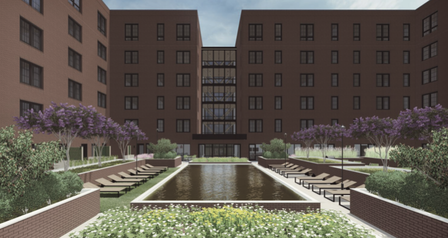Is Mass Timber Finally Heading Toward Critical Mass?
By Elizabeth Lenhard
Winter 2022

|
Georgia Forestry Magazine is published by HL Strategy, an integrated marketing and communications firm focused on our nation's biggest challenges and opportunities. Learn more at hlstrategy.com
|
